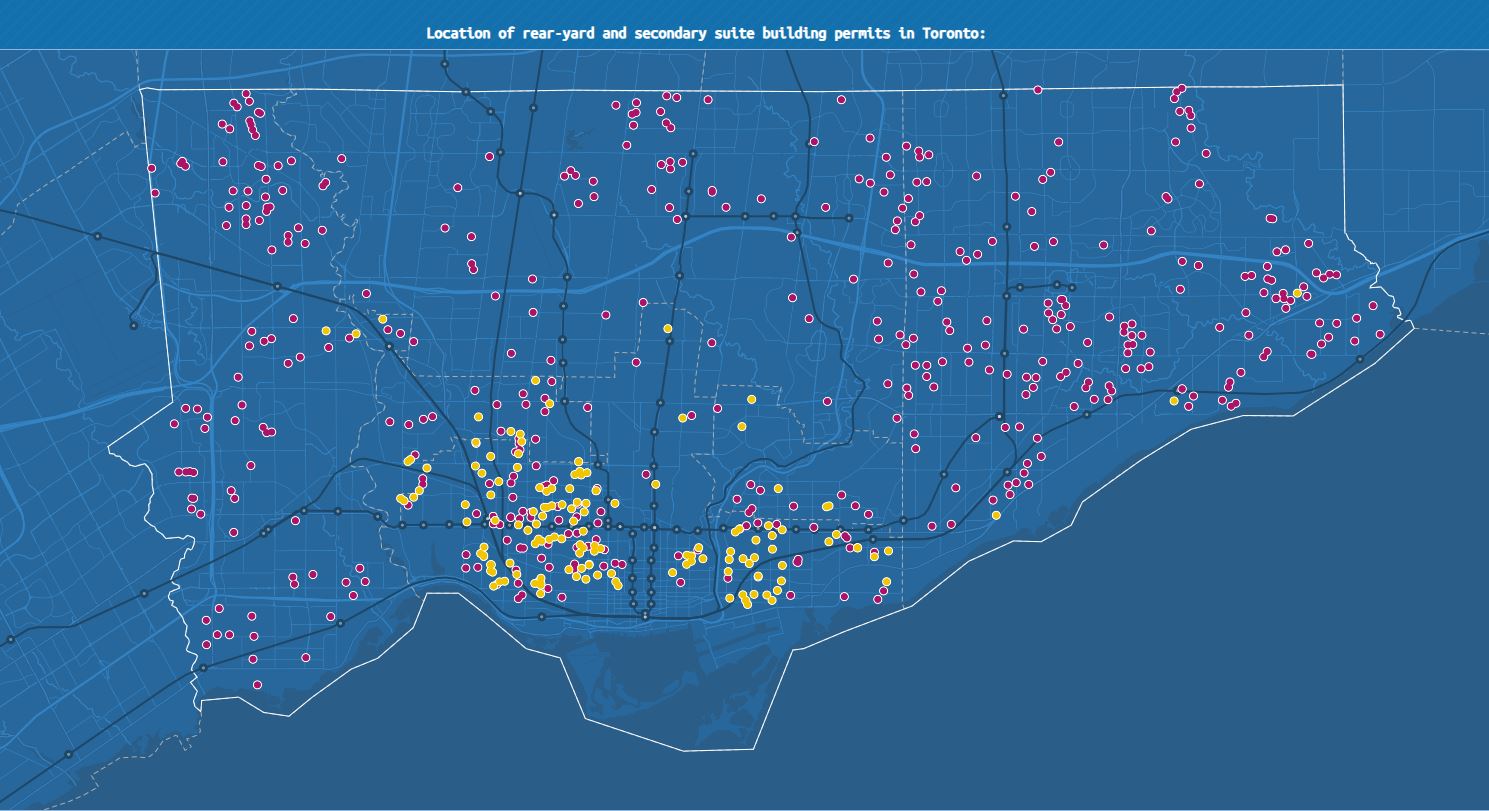Toronto was one of the first cities in Ontario to embrace additional dwelling units. The city approved a laneway suites bylaw in 2018 and expanded to garden suites citywide in 2022. Since then, uptake has accelerated: by the end of 2022, over 667 laneway and garden suite building permits had been issued, rising to roughly 898 permits as of late 2023. Internal secondary suites (basement apartments) are even more common – more than 2,200 such units were permitted in Toronto from 2013 to 2023.
These hundreds of new units help ease Toronto’s housing pressure, but they’re only a fraction of what’s possible. A 2020 study estimated that over 36,000 potential laneway housing units could be added across the city. With sky-high home prices and new provincial rules allowing up to three units on a residential lot, interest in ADUs is surging as homeowners look to create rental income or an independent living space for family.




